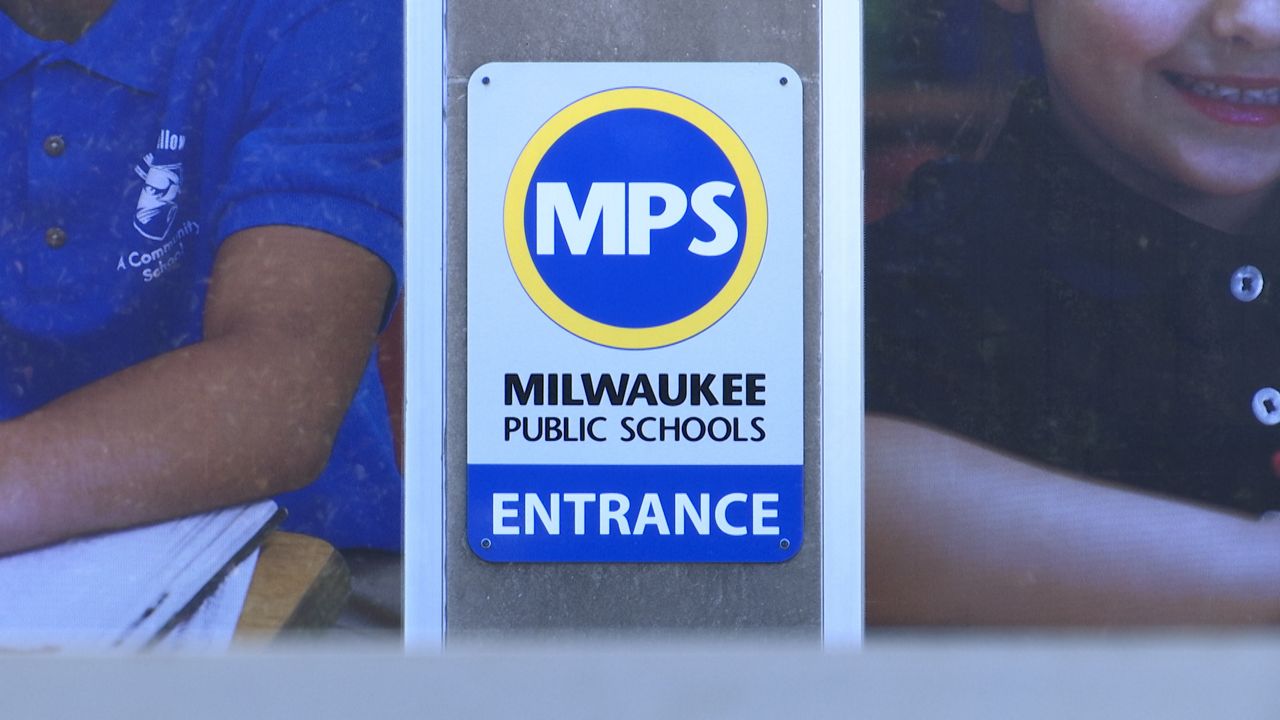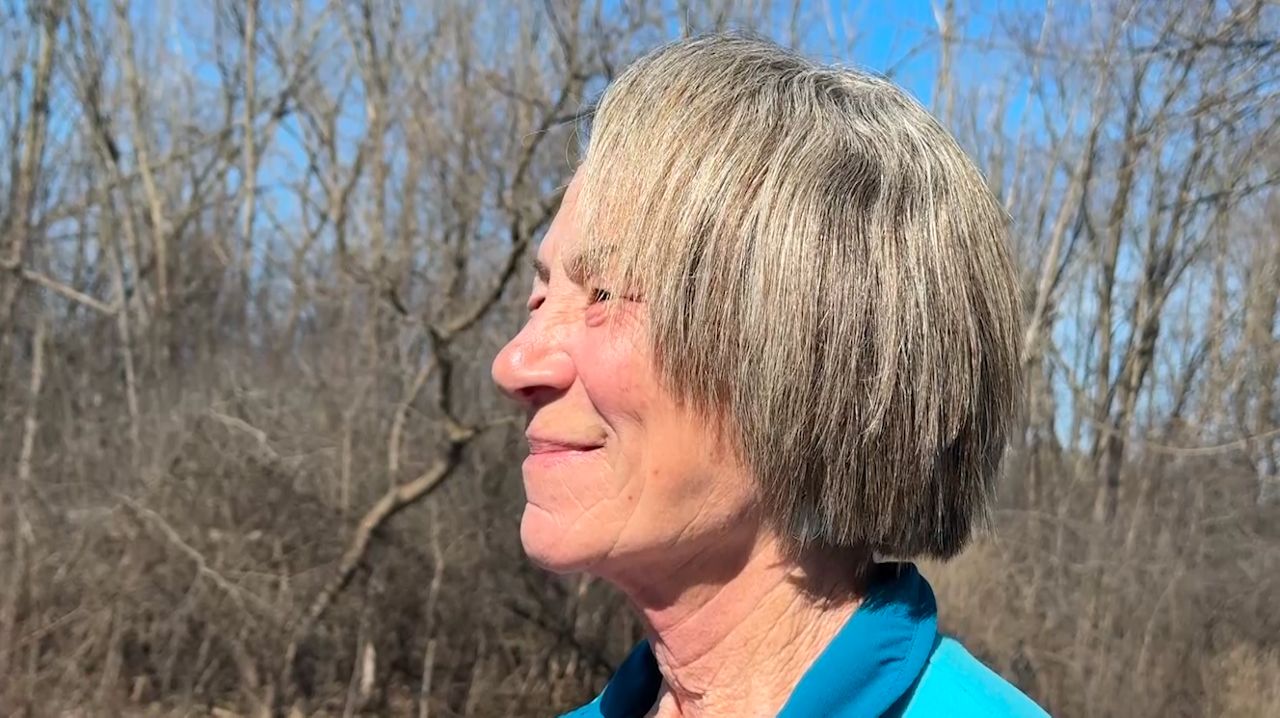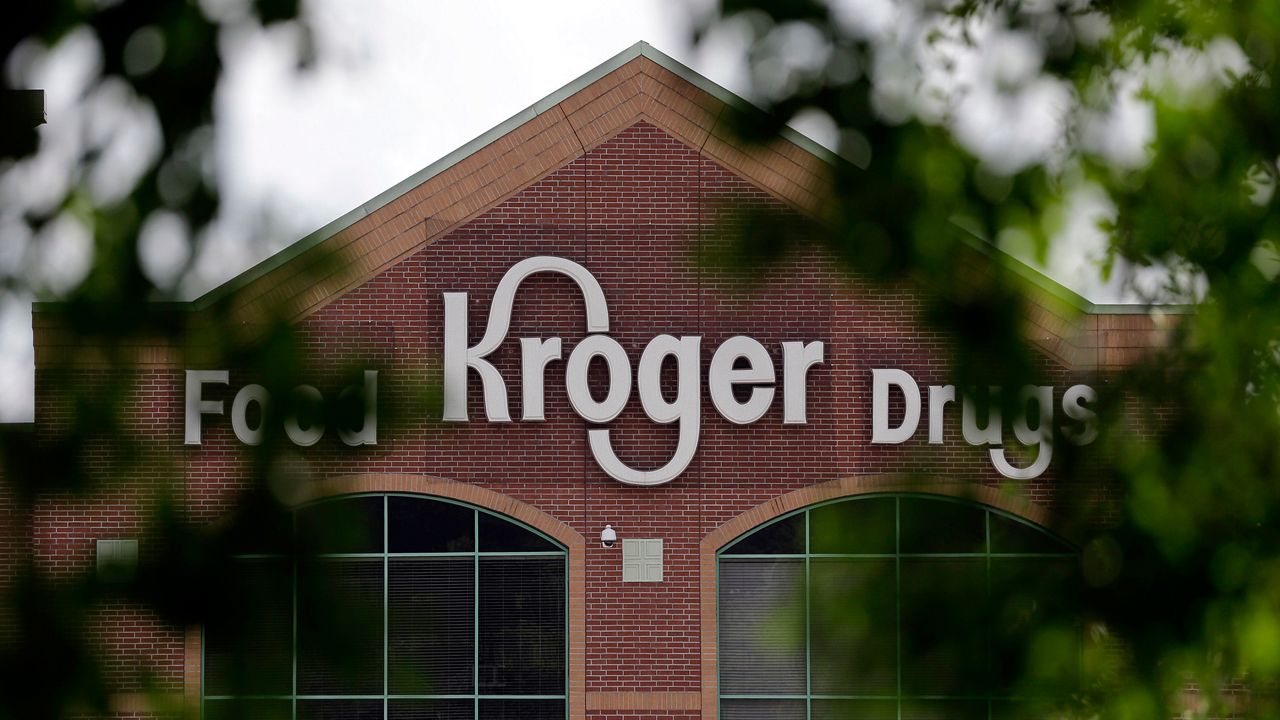WISCONSIN — More than 100,000 people lost their lives to overdoses last year, according to the White House.
It’s an epidemic that has been on the rise nationally and also statewide.
In 2021, there were 1,427 opioid-related deaths in Wisconsin. From 2018 to 2020, that number rose by 46.7%, according to the Wisconsin Department of Health Services.
Wisconsin also ranks third in the country for the amount of adults who drink alcohol (64.4%), preceded by Washington, D.C. (68.7%) and New Hampshire (65.6%). The state also has the seventh highest percentage of underage drinking — classified as alcohol use for people ages 12-20 — in the country, according to a new study by Addiction Treatment Magazine comparing all 50 states. The data was pulled from the 2021 National Survey on Drug Use and Health Substance Abuse and Mental Health Services Administration.
In 2022, there were 3,273 alcohol-attributed deaths in the Badger State — it’s a number that has continued to rise every year since 2014.
Alcohol was the top most common substance in 2021 for Wisconsin, followed by marijuana, opioids, cocaine and amphetamines.
These alarming numbers are part of why officials now recognize September as National Recovery Month. The month has been recognized since 1989. It aims to create awareness about treatments and recovery practices, the recovery community and the dedication of recovery service providers, according to the SAMHSA.
It also celebrates the more than 20 million Americans who have sought help for substance use disorder. More than 31,000 Wisconsinites with opioid use disorder were treated in 2019 through Medicaid, according to DHS data.
In 2021, the top two most-used services related to substance use in the state were intake and assessment and outpatient counseling.
Year-round, there are a number of organizations offering resources to those needing help.
During September, SAMHSA is offering a toolkit complete with social messages, graphics and promotional materials, weekly themes, and other resources for learning about and supporting those in recovery.
Those looking for help can also dial 211 or visit the 211 website to connect to providers in their area.
Wisconsin also recently acquired the Shatterproof Treatment Atlas program, another tool providing residents with a free and confidential way to find addiction treatment. People can search the platform to find help based on several criteria, including location, use of best practices, types of treatment offered and more.
Throughout the recovery month, there are also numerous events taking place; those can be found here.









